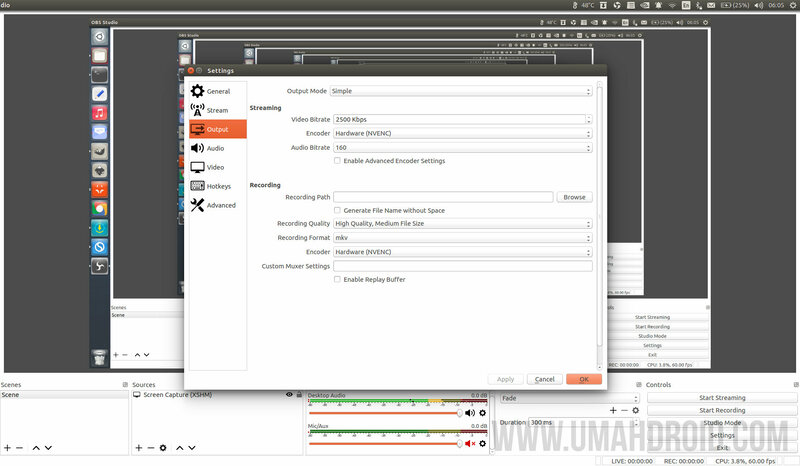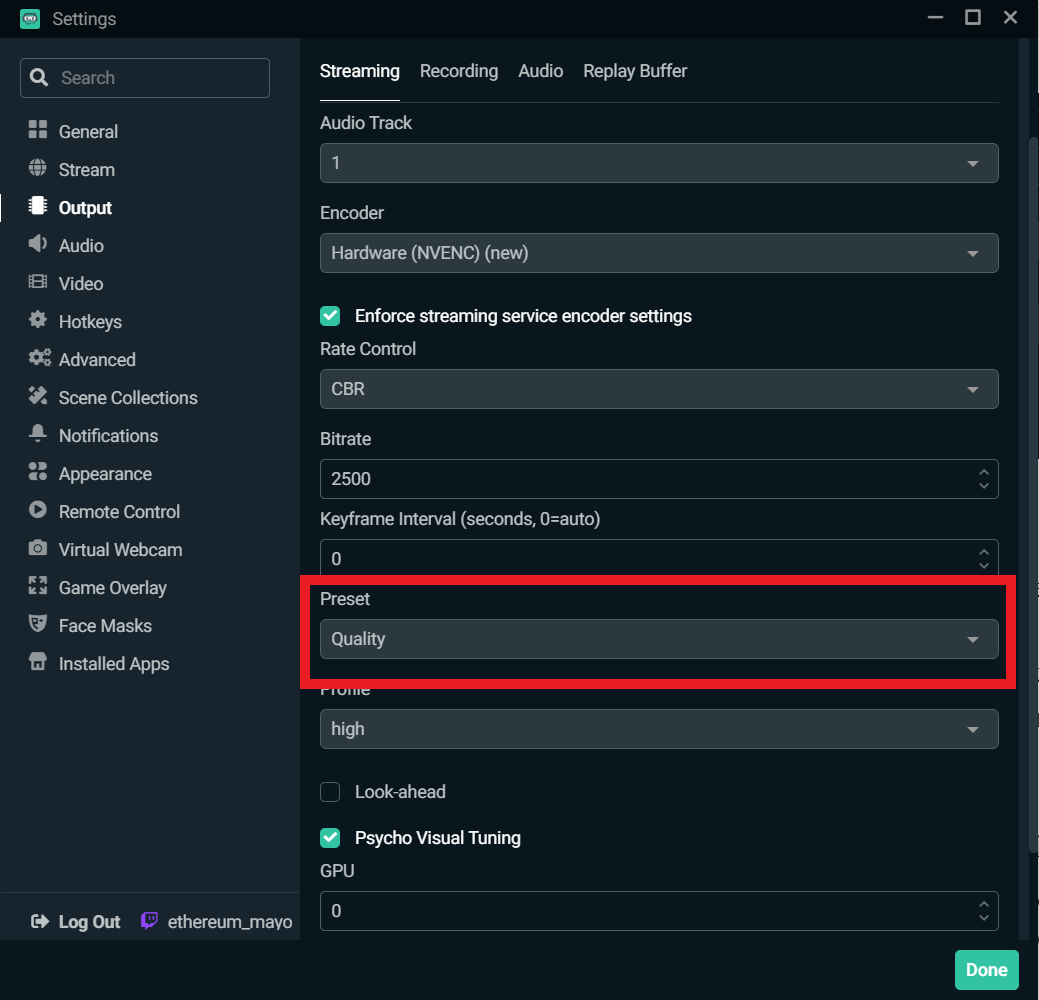


This is a limitation of the hardware, not the software, so your RX 5700 XT will never be quite as good as an RX 6950 XT for streaming.
#Streamlabs obs hardware nvenc new full#
That being said, only AMD GPUs based on the RDNA2 architecture (which includes RX 6000 series GPUs) can take full advantage of the AMF encoder because older GPUs don’t have support for B-Frames, which help to increase image quality. With respect to recording, each video was only about 3 minutes long and each was about 100MB, which is really good for people who upload unedited stream VODs to YouTube for archival purposes. Twitch, arguably the most popular game streaming platform, only allows up to 6000Kbps, which is a very small amount of data to work with. It would be pretty pointless if AMF looked good but needed a substantially higher bitrate to compensate. It’s especially important that AMF was able to achieve this using the same bitrate that NVENC was using. AMF did well in the rest of the benchmark as well, and you wouldn’t be able to tell the difference if the two recordings weren’t labeled. I selected this specific part because there’s lots of foliage, which is often difficult to capture with good quality (especially when there’s very little data to go around), but as you can see the difference between AMF and NVENC is essentially nonexistent. The above image is from the opening shot of 3DMark’s Time Spy benchmark, which I recorded using streaming optimized settings at 6000Kbps. Here’s why you should finally ditch Nvidia and buy an AMD GPU

Here’s why I’m glad Nvidia might kill its most powerful GPUĪMD might crush Nvidia with its laptop GPUs - but it’s silent on the desktop front


 0 kommentar(er)
0 kommentar(er)
